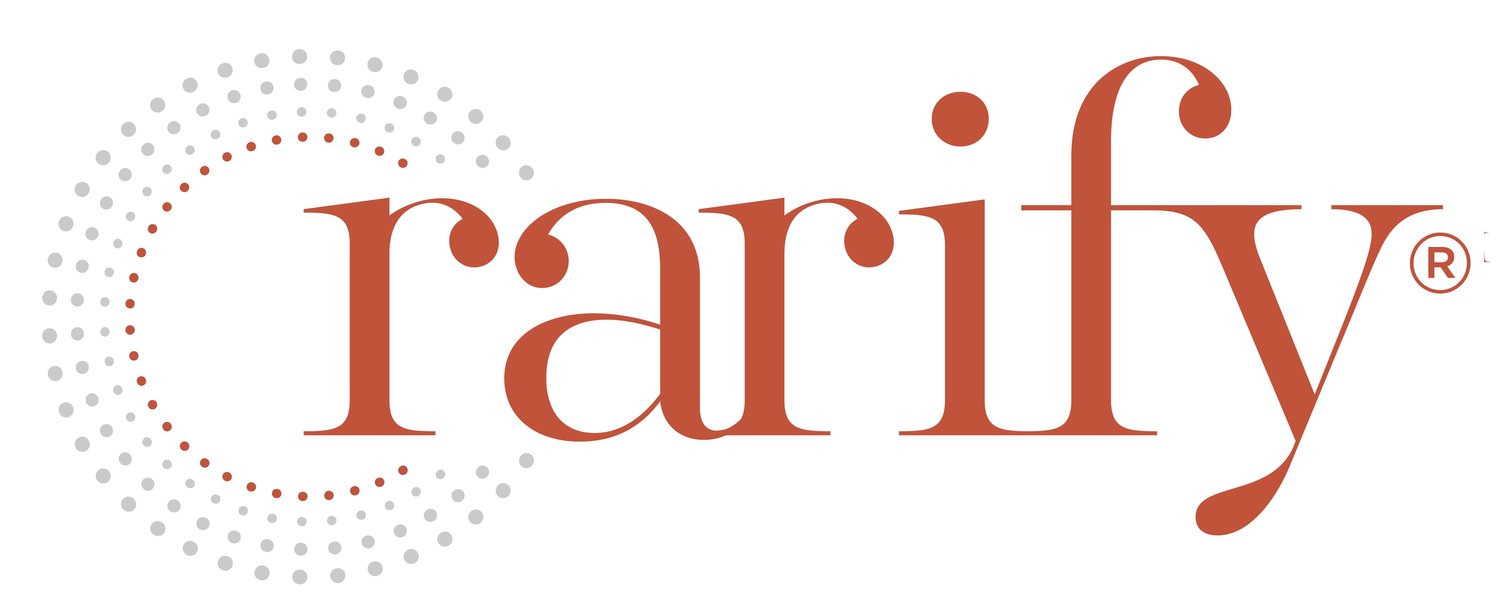Wines That Pair With Any Entree
Recommending a bottle of wine to go with a rare rib eye, say, or sautéed scallops, or wild mushroom risotto is all very well and good, but what about when all three of those dishes arrive at the table at the same time? In truth, it’s rare to find a table in a restaurant where every single person orders the same entrée (or appetizer, or dessert, or really anything). So recommending a wine for the table is, for many sommeliers, somewhat of a philosophical exercise. Reality is more like chaos.
And even if you’re at home having a dinner party, while you might serve a single main course, you’ll probably have a couple of side dishes on the table and a salad to begin with — and are you really going to open separate bottles to go with each stage of the meal? Bravo if so, but maybe you should open a restaurant? Truth be told, most of us just pour the same wine through the whole dinner (or just a white and a red because that’s the basic dividing line for personal wine preferences). So what do you choose? What’s a wine that can both please all palates and pair with all dishes? I asked several sommeliers around the country for their go-to, no-matter-what, goes-with-everything-and-everybody bottles.
Lindsey Fern
For pairing with anything at all? Off the top of my head, for a red, I’d say a Frappato from Sicily. I’m a big fan of Arianna Occhipinti’s wines, in particular her 2021 Occhipinti Il Frappato ($43). It exudes crunchy red fruit notes without being incredibly tannic, and those characteristics appeal to Pinot Noir drinkers (or maybe everyone). It’s both refined and rustic. Plus, I’m always happy to share my love for a wine made by a woman winemaker who farms organically. If you can’t find hers, the 2022 COS Frappato ($33), from a similarly organic winery co-owned by her uncle, is also excellent.
Chris Struck
If you can take a guest by the hand and lead them through their incredulousness at hearing “rosé” as a solution to this problem, then do it! Rosé is a great answer. More people are open to the idea of drinking darker-hued, more savory rosés than ever before, and they’re also willing to do so outside of the Memorial Day–to–Labor Day window of so-called “rosé season.” Lebanon’s 2022 Domaine des Tourelles Rosé ($16) has a mineral core and pretty, tart raspberry notes, and if you’re looking for a spring-loaded hatch down into the beautiful rabbit hole to the wonderland of Lebanese wine, this is it. The 2022 Umathum Rosa Rosé ($24) from Burgenland, Austria, is also a great choice. I’d add that Ilili is proud to showcase many female and other minority-represented producers, and the 2022 Martha Stoumen Post Flirtation Rosé ($30) is a killer option. It shows up to the party like a watermelon Jolly Rancher without the sugar; impossible not to like.
Wanda Cole-Nicholson
For me, the answer for a red is cru Beaujolais from the village of Fleurie, like the 2020 Georges Duboeuf Flower Label Fleurie ($28). Fleurie’s wines are lighter than those of Morgon or Moulin-à-Vent, and they have enough minerality and complexity to appeal to red-wine drinkers. Yet they’re also approachable to all palates — particularly people who are just getting into red wine.
For whites, well, if I can’t have Riesling — because every somm in the world will probably choose dry Riesling! — then my next choice is a Smaragd Grüner Veltliner, from Austria, like the 2021 Domane Wachau Grüner Veltliner Smaragd ($33). In Austria, “Smaragd” designates wines from the ripest grapes (a minimum of 12.5% potential alcohol); they have the roundness and richness to appeal to Chardonnay drinkers yet enough bright acidity for Old World wine lovers. The 2021 Rudi Pichler Grüner Veltliner Smaragd ($31) is particularly bright and vibrant; it’s another great choice.




